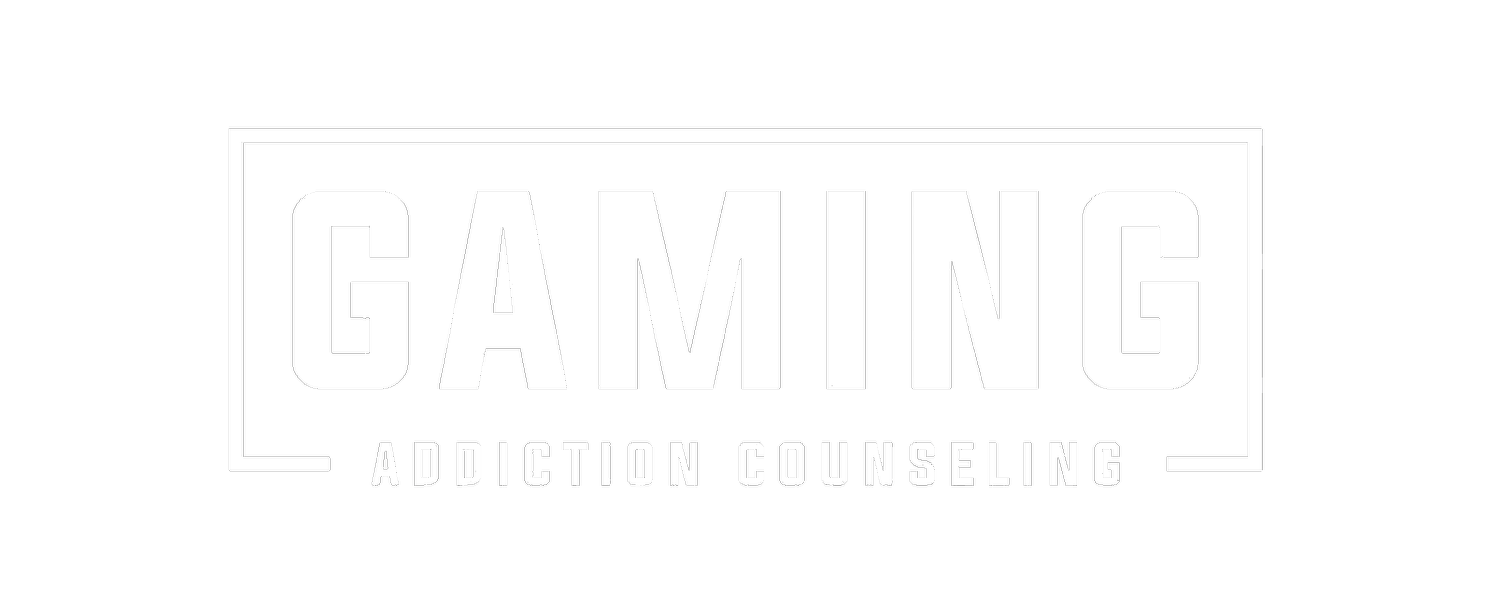Gaming Trends During The Pandemic and Beyond
Since being a gamer has come naturally to me my entire life, I feel like I’ve had a skewed perception of how many people play games, and length of time they spend in a virtual world. A while ago, when my wife was only my girlfriend, I had her play a multiplayer game with me. It didn’t take long for me to notice how underdeveloped her gaming skills were. I realized there were basic mechanics of gaming that I had taken for granted for a couple decades. I didn’t realize using an X-Box controller could be an issue for the lay user. Hand eye coordination coupled with a foreign user interface (controller) could result in having a bad time. Also, the possibility never occurred to me that maybe “gaming” wasn’t enjoyable for everyone. What an epiphany that fateful day of gaming with my girlfriend was. Thinking about this recently had me wanting to get my perception of gaming back in line with current trends. I am a gaming addiction specialist after all. What I found was somewhat surprising for me.
I found an article on NPD.com, published October of 2021, that looked at the trends of gaming from 2019-2021. It is clear, the personal restrictions imposed by the Corona virus pandemic have created increase demand for gaming in American households. Gaming filled the void of isolation during the Covid quarantine. Over 75% of Americans have spent time playing games in 2021 which has gone up since 2019 (only 73%). In 2020, this number reached up as high as 79%. Although not everyone gains enjoyment from gaming, a good majority have found value/enjoyment from it. Also, the number of hours people spent playing video games on average increased each year. 2019 saw Americans playing 12.7 hours per week, the middle of the pandemic had them playing 14.8 hours per week, and 2021 increased game playing behaviors to 16.5 hours per week. Even as the restrictions had been lifted in some areas of the U.S., people had found a new hobby/habit that had taken up space in their lives, and they wanted more of it. The demographic that had the greatest increase in time gaming were old adults ages 44-64 who were only at 9 hours per week of gaming on average during 2019 and moved all the way to 16 hours a week gaming on average in 2021. Adults aged 45 – 54 years spent 59% more time playing games, and 76% more dollars on gaming compared to the previous year. Gaming has come a long way since the days of the Donkey Kong machine at the arcade. Gaming has become a major staple for households across the U.S that spans all ages.
Maybe at the time, my perception was skewed as I was in the throes of my full-blown active gaming addiction. I just assumed spending 12 hours a day gaming was normal, and anyone who wasn’t gaming didn’t have the time to do so and was missing out. One of my professors in college raised her eyebrow in judgment because I told her that gaming was an industry that was growing at an exponential rate, and she retorted by telling me not everyone plays games. If only she could see the statistics today. The American Academy of Pediatrics has advised that children should only play 2 hours a day at maximum. I wonder if there should be an advisement for adults. If the trend continues, we’ll see adults using their time gaming rather than doing more productive or relationship-oriented activities with their families or friends. Maybe gaming will become the new medium for relationships, although I don’t think it will be a good substitute. Whatever the case may be, my wife still doesn’t play, and I’m fine with that.
Sources:
https://publications.aap.org/pediatrics/article/132/5/958/31699/Children-Adolescents-and-the-Media


